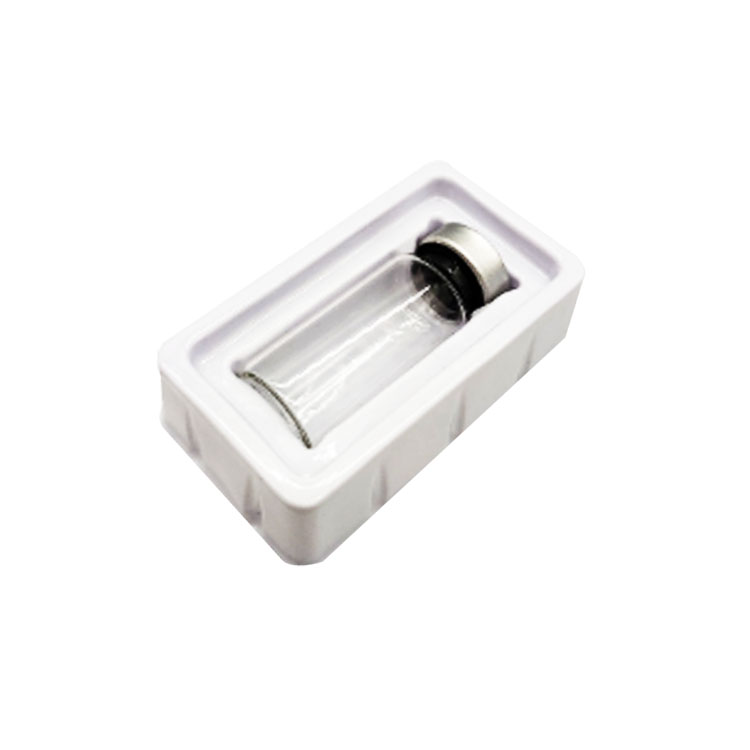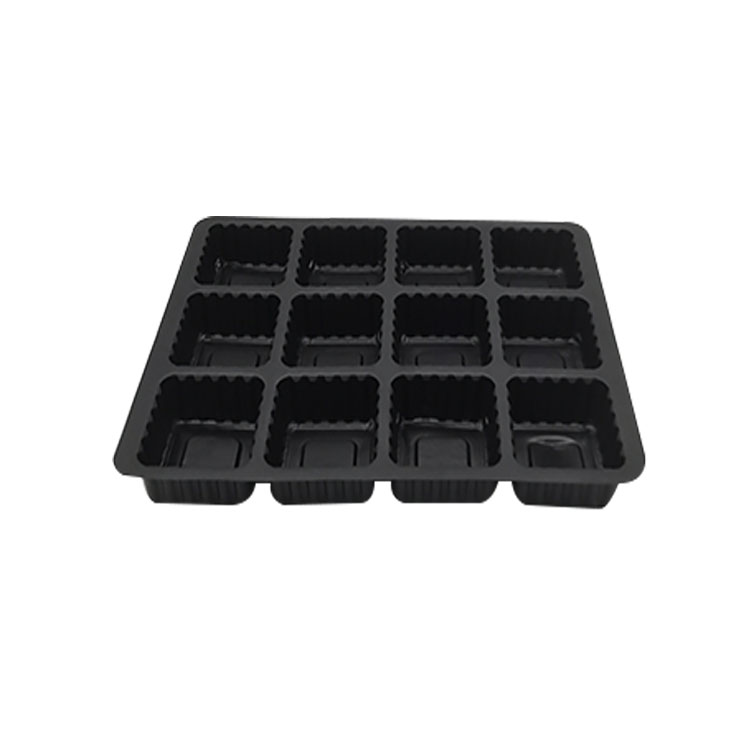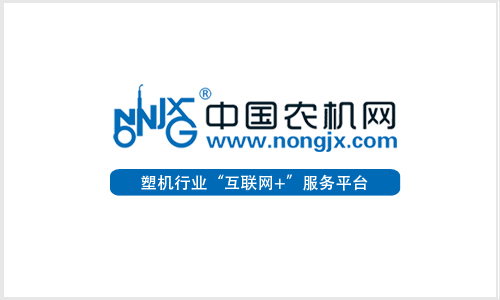[China Agricultural Machinery Industry News] Since 2004, our country's grain production has achieved "12 consecutive increases", and the volume of grain purchases and stocks have also increased. Among them, the situation of corn is particularly serious. Future agricultural product pattern depends on agricultural competitiveness
     On April 22-23, 2016, the Ministry of Agriculture's Market Early Warning Expert Committee held the China Agriculture Outlook Conference in Beijing and released the China Agriculture Outlook Report (2016-2025) to forecast the market situation of China's major agricultural products in the next decade. The report pointed out that during the "Thirteenth Five-Year Plan" period, China's rice and wheat supply and demand were basically balanced, and rations were safe. China's corn planting area will be greatly reduced, and soybean imports will slow down significantly.
Future agricultural product pattern depends on agricultural competitiveness
So how do you view this outlook report, what kind of pattern will China's major agricultural products market show in the next decade? Dang Guoying, a researcher at the Institute of Rural Development of the Chinese Academy of Social Sciences, said that the pattern of China's agricultural product market is difficult to predict in the future, and the key depends on the future competitiveness of China's agricultural products.
Dang Guoying: The economic forecast should not be said for ten years. The forecast for one year is very difficult. Who thought of corn in this way in the past few years? No one thought of it. It depends on the problem of our country's agricultural competitiveness. If the competitiveness is not improved, always our cost is higher than others, then how do you get it, you can't reduce it domestically, and then import does not increase, then your whole agricultural product is not enough. With the increase of population, the total demand for food still needs to increase. If the import is reduced, the domestic production will be more. If the import is to increase, the domestic production will be less. This is because the will is not transferred by the will. The key is us. Whether our own cost can be reduced, how much domestic production, and how much foreign imports depend on competitiveness. I personally think that if we improve our competitiveness, we may all export net exports. Can we turn into a net exporter of agricultural products? It depends on what happens to our agricultural reform.
Dang Guoying: I believe that it is still necessary to base on urban and rural development and accelerate the pace of urbanization. Second, we must promote the reform of the land system, strengthen the property rights of farmers, promote the transfer of agricultural land, and develop scale operations. It is very important for the peasant cooperative organization to replace many leading enterprises. Another aspect is land rent. If you are engaged in scale operation, the current rent will not be able to withstand it. There is a thousand yuan of land rent for an acre of land. There is no such thing as high land rent and no worldwide.
The following is a report of the ten-year market situation for rice, wheat, corn, and soybeans.
China Agriculture Outlook Report (2016-2025)
1. Rice "safe food ration" is guaranteed
In the next 10 years, China's rice production will continue to maintain stable development, and rice “safe food for rations†will be guaranteed.
The output is basically stable. Looking forward to the “13th Five-Year Plan†and the next 10 years, the rice planting area will be slightly reduced, the yield is expected to increase steadily, and the total output will remain basically stable. It is estimated that the total output of paddy in 2016 will be 208.99 million tons (equivalent to 146.29 million tons of rice), in 2020 it will be 200.77 million tons (equivalent to 145.55 million tons of rice), and in 2025 it will be 20.03 million tons (equivalent to 144.22 million tons of rice). The area planted with rice is steadily decreasing. In 2016, the area planted with rice increased slightly to 453,385,500 mu (30,257,100 hectares), and the end of the 13th Five-Year Plan was slightly reduced to 44,223 million mu (29,822,000 hectares). In 2025, it reached 44,163,500 mu (29,244,300 hectares). In general, during the “Thirteenth Five-Year Plan†period and the next 10 years, the annual production capacity of China's rice will stabilize at more than 200 million tons, entering a high level of stable development.
Consumption has risen slightly. Looking forward to the "Thirteenth Five-Year Plan", considering the factors such as population growth, urbanization rate increase, and rural poverty alleviation, China's rice demand will maintain a steady increase. China's rice consumption is expected to be 145.62 million tons in 2016 and 148.01 million tons in 2020. In the next 10 years, the total consumption of rice in China will continue to grow. Rice consumption in 2025 was 150.29 million tons. It is expected that the consumption of rations will increase slightly in 2016, the consumption of feed will be slightly reduced, the industrial consumption will increase by a certain margin, the seed consumption will be basically flat, and the loss will be slightly increased. During the outlook period, ration consumption continued to grow, feed consumption and processing consumption increased slightly, seed consumption stabilized slightly, losses were slightly reduced, and total consumption increased.
Trade remains stable. Looking forward to the "13th Five-Year Plan", domestic supply is guaranteed, international rice trade is limited, and rice stocks are sufficient. It is expected that China's rice imports will remain basically stable. Net imports are expected to be approximately 2.44 million tons in 2016, 2.92 million tons in 2020 and 2.93 million tons in 2025.
The price has differentiated. The reform of market pricing and price separation may affect the price trend of rice. The increase in consumption structure has increased demand for rice, driving prices up. Ordinary rice prices are affected by import shocks and the international market, and there may be a phased decline. Looking forward to the "13th Five-Year Plan", the price of Chinese rice will be differentiated by different products and brands. The price of rice will increase significantly, and the price of ordinary rice will remain stable and slightly higher.
2. The situation of wheat supply and demand changed from loose to basic balance
In the next 10 years, China's wheat production will maintain a stable development trend, and the supply and demand situation will shift from loose to basic balance.
Production is growing slowly. It is estimated that the wheat planting area and total output in 2016 will be 24.12 million hectares and 13.1 million tons, respectively, down 0.1% year-on-year; during the “13th Five-Year Plan†period, the wheat planting area will be stable and decrease, and will drop to 24.02 million hectares by 2020. The output increased to 131.91 million tons; by 2025, the wheat area is expected to be 23.93 million hectares, a decrease of 210,000 hectares from 2015, an average annual decrease of 0.1%; the output growth rate is slowing, and it is expected to be 133.79 million tons in 2025, compared with 2015. The annual growth rate is 2.0%, with an average annual growth rate of 0.2%, which is significantly lower than the growth rate of 2.6% in the past 10 years.
Consumption has risen steadily. During the outlook period, China's wheat consumption will show a steady growth overall. It is expected to be 120.27 million tons in 2016, to 126.3 million tons by the end of the 13th Five-Year Plan period, and will further increase to 132.63 million tons in 2025, with an average annual growth rate of 1.0%. The overall growth rate is higher than the output growth. Among them, ration consumption, feed consumption, and industrial consumption will continue to grow, with an average annual growth rate of 0.4%, 3.1%, and 3.7%, respectively; the loss and seed use will drop slightly by 0.1% annually.
Trade maintains a net import pattern. Although there is no gap in domestic wheat supply and demand, wheat imports for the purpose of variety adjustment will still exist, and the annual average import volume of Chinese wheat in the next 10 years will be around 2 million tons. In the same period, due to China's wheat export advantage is not obvious, the average annual export volume will be stable at around 200,000 tons. During the outlook period, wheat trade will maintain a net import pattern, and net imports will reach 2.54 million tons in 2025.
3. The supply and demand situation of corn is expected to be tight
In the next 10 years, China's corn planting structure adjustment will achieve significant results, production is in a stable state, consumer demand has steadily climbed from rapid growth, supply and demand situation has gradually transitioned from surplus to tight balance, and upstream and downstream industries have shown a balanced development trend.
Both area and output fell. It is estimated that the corn planting area and output in 2016 will be 36.95 million hectares and 215.17 million tons respectively, down 3.1% and 4.2% respectively. The corn planting area and output will be greatly reduced during the 13th Five-Year Plan period. By 2020, the area will be reduced to 3441. Ten thousand hectares, the output dropped to 205.67 million tons, with an average annual reduction of 1.8% and 1.1% respectively. After 5 years of the outlook period, corn production has recovered due to consumption. It is estimated that the area and output will be 34.55 million hectares in 2025 and 211.29 million tons, the average annual growth rate was 0.09% and 0.64%. During the outlook period, the area and output declined overall, with annual average reductions of 0.07% and 0.15%, respectively.
Consumption has increased slightly. In 2016, corn consumption reached 19.71 million tons, increasing to 221.92 million tons by 2020, and will further increase to 226.99 million tons in 2025, with an average annual growth rate of 1.6%. Among them, affected by population growth and income increase, feed consumption increased significantly, with an average annual growth rate of 2.7%; food consumption increased steadily, maintaining a growth rate of 0.3%; industrial consumption increased first, then decreased, seed consumption and loss It is on a downward trend, with an average annual decrease of 0.1%, 0.7%, and 2.8%.
The price is divided before and after. During the “Thirteenth Five-Year Plan†period, corn prices will show a significant decline. It is expected that corn prices will fall significantly in 2016, and the turning point of stabilization and recovery will be achieved around 2020. By 2025, the correlation with international prices will be closer.
Trade remains stable. During the “Thirteenth Five-Year Plan†period, destocking is the primary task of the supply-side reform. It will increase exports through relevant measures, drastically reduce imports, or hope to reproduce the net export pattern. It is estimated that the corn export volume in the first two years of the forecast period will be around 2 million tons, while the import volume will be around 250,000 tons. By 2025, the import will return to about 2 million tons, and the export volume will be less than 10,000 tons.
4. Soybean planting area will resume growth
In the next 10 years, China's soybean area will resume growth, production will increase steadily, consumption will grow steadily, and imports will remain high, but the growth rate has slowed significantly. Affected by the cost of planting and the steady development of domestic soybean branding, domestic soybeans are out of independent market, and domestic soybean prices are expected to rise steadily in the next 10 years.
Production has increased steadily. In the next 10 years, the corn storage policy is expected to be gradually adjusted, and the soybean target price subsidy policy in the northeast producing area will be further improved. The “food and bean crop rotation†subsidy is expected to be piloted, and the role of guiding the reasonable restoration of soybean planting area will be gradually brought into play, plus domestically produced. The steady development of the soybean deep processing industry will further increase soybean demand, and it is expected that China's soybean acreage will resume growth. Under the conditions of optimizing field management and breeding technology development, soybean yield will increase. Increased area and higher yields will result in a steady increase in soybean production.
Consumption has increased steadily. China's soybean consumption will grow steadily in the next 10 years. Among them, the rising income level of residents, the increase of urbanization rate in China and the implementation of the poverty alleviation plan of 70 million people nationwide will increase the consumption demand of meat, eggs, milk and edible vegetable oil, and increase the consumption of soybean crush processing. In addition, the demand for soy protein, tissue protein, soy lecithin and other products has also increased the consumption of soybean deep processing. During the forecast period, the consumption of soybean seeds increased slightly with the expansion of planting area, and the loss increased year by year, but remained at 1% to 1.2% of the total consumption. In the next 10 years, China's soybean production and demand will continue to tighten, and the gap will expand slightly year by year.
Import growth slowed down and exports grew steadily. In the next 10 years, due to the lack of production and the low price advantage of international soybeans, China will maintain a relatively strong demand for soybeans in the international market, and soybean imports will remain high. However, due to the large import base, the annual import growth rate will slow down. It is estimated that the annual soybean import growth rate during the forecast period will be 0.8%, far lower than the average annual growth rate of 12.5% ​​in the previous 10 years. China's soybean exports will remain stable, with an annual export volume of around 200,000 tons.
(Original title: Ministry of Agriculture: What will China's agriculture show in ten years?)
Daily Necessities Blister Tray
Blister Tray
This insert tray packaging highly fit to the product,and the special buckle design fixes the product ,so that the product will not fall out easily and it is easy to take out well.We can put the logo on the insert tray packaging.
The size /color and shape of the blister tray can be customized according to the customer's product,and the personalized customization makes the products more selling point in the market.
Thermoforming blister tray packaging and other therformed blister tray offer high durability over carton box or corrugated paper ,blister insert tray are esay to manufacturer and are cost-effective,making this type of packaging highly popular and budget friendly.Thermoforming blister tray packaging and other blister tray is much faster than injection molding with a much lower tooling cost as well.
Multi type blister tray for your reference


insert tray packaging,blister insert tray,blister tray
Shenzhen Stardeal Industrial Co.,Ltd , https://www.plasticblisterpacks.com


